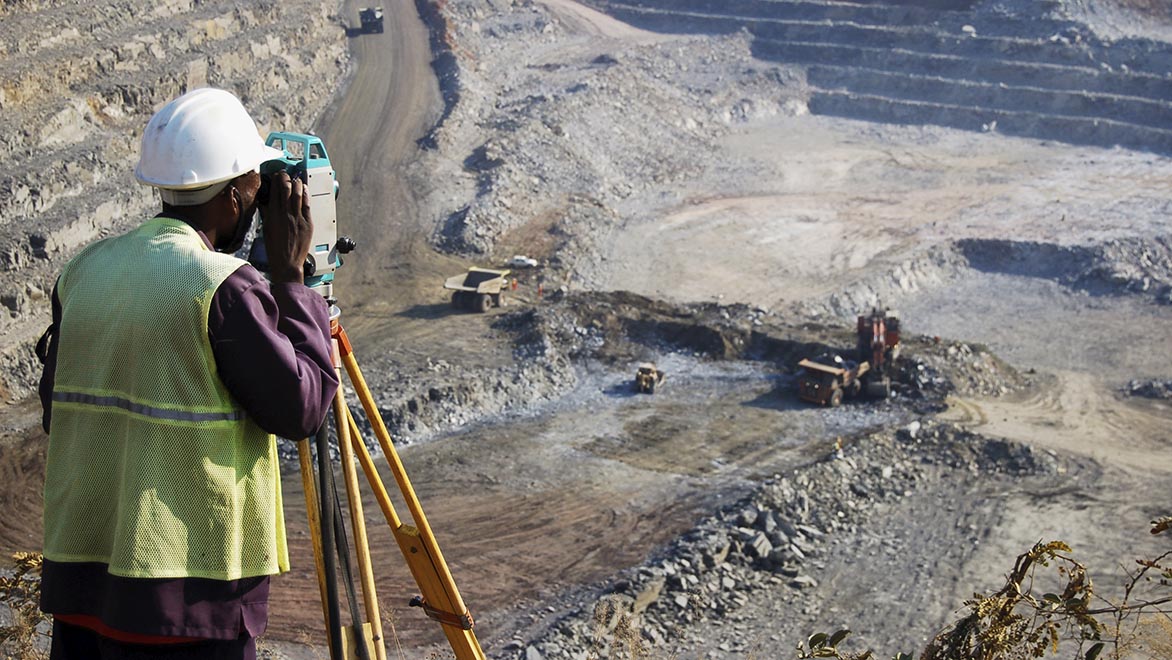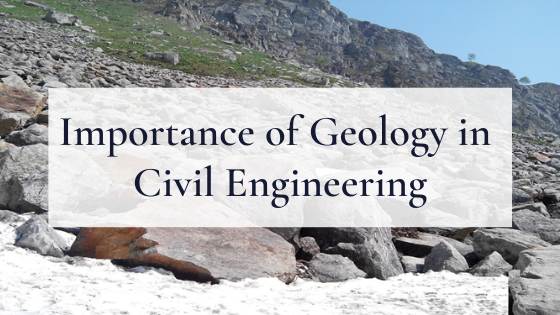Getting The Geotechnical Engineering For Construction Projects To Work
Getting The Geotechnical Engineering For Construction Projects To Work
Blog Article
8 Easy Facts About Geotechnical Engineering For Construction Projects Explained
Table of ContentsAbout Geotechnical Engineering For Construction Projects5 Easy Facts About Geotechnical Engineering For Construction Projects ShownThe Ultimate Guide To Geotechnical Engineering For Construction ProjectsThe Ultimate Guide To Geotechnical Engineering For Construction Projects8 Simple Techniques For Geotechnical Engineering For Construction ProjectsNot known Factual Statements About Geotechnical Engineering For Construction Projects A Biased View of Geotechnical Engineering For Construction ProjectsGetting The Geotechnical Engineering For Construction Projects To Work
Accompanying this boosted complexity comes geological and environmental aspects that influence the design of the structure, which is arguably one of the most integral part of any type of growth. People require to trust that structures, bridges, and streets will stand the examination of time. A Geotechnical engineer encourages on exactly how a structure can best be supported giving its one-of-a-kind situations What's concealed listed below the surface area of the ground is likely one of the most important item of details that a Geotechnical Designer wants.These examples are then evaluated by the lab to establish soil composition (Geotechnical Engineering for Construction Projects). The break down of sand, silt, clay, and other products existing in the soil, aids the engineer establish what one-of-a-kind qualities the site has and what the implications of those might be. Certainly soil make-up is just one examination that can be done on samples
Some Known Facts About Geotechnical Engineering For Construction Projects.
Based on these tests, there might be a lot more dirt borings that are pierced, or the engineer might have adequate details from the initial tests to make a suggestion to the client on exactly how finest to wage their project. Results are generally reported via borings logs which reveal the soil composition and characteristics at a variety of depths.
Geotechnical designers are responsible for understanding the residential properties of natural deposits and using this understanding to establish secure, cost-efficient layouts for construction jobs. It is a vital part of any kind of civil engineering job, as it is used to determine the suitability of a site for construction and to guarantee the framework's safety.
This includes carrying out research laboratory tests on the examples and utilizing geophysical methods such as seismic refraction and electrical resistivity surveys. This information is made use of to evaluate the site's suitability for building and construction and to identify the kind of structure that must be used. Geotechnical design assesses soil problems, identifies potential risks, picks a suitable structure system for the recommended structure, and figures out the finest structure design for an offered project.
How Geotechnical Engineering For Construction Projects can Save You Time, Stress, and Money.
The framework may become unpredictable or collapse without proper soil stabilisation, leading to costly repair services and potential injury. The stablizing procedure involves utilizing numerous methods to boost the security of the dirt, such as compaction, grouting, and the enhancement of strengthening materials. Without dirt stabilization, the threats connected with building and construction projects would certainly be a lot higher, and the outcomes a lot less dependable.
It is a process made use of to enhance the buildings of soils. Geotechnical engineers conduct website investigations to examine the dirt's residential properties and identify potential risks. They also create structures and various other frameworks that need to be improved the site, considering the soil's qualities. They establish and execute soil stablizing strategies, such as adding concrete, lime, or various other maintaining agents, to boost the soil's toughness and stability.
The Definitive Guide for Geotechnical Engineering For Construction Projects
Geotechnical engineers are important in helping to make certain that dirt stabilization is done properly to make sure that the structure is secure and safe and secure. Geotechnical design is also used to assess dirt problems and identify potential dangers. This consists of evaluating prospective flooding, landslides, and various other all-natural calamities that can affect the structure.
Geotechnical designers use this knowledge to carry out site examinations, soil, and rock testing, and to analyze the outcomes to figure out the suitable style specifications for a job. This info is made use of to guarantee that the structure, preserving walls, inclines, and various other frameworks improved or within the subsurface materials have adequate stability and resistance to outside tons, such as quakes, wind, and water.
These structures need a additional reading deep understanding of the actions of the subsurface materials, as well as the capacity to web link manage the influence of excavation and building on the surrounding atmosphere. Geotechnical designers use their know-how to determine the suitable layout parameters for these frameworks, such as the shapes and size of the passage, the strength of the supporting rock, and the kind and quantity of assistance called for.
In enhancement to the style and building of structures, geotechnical engineering likewise plays an important function in the rehabilitation and maintenance of existing structures. As structures age, they might experience degradation or various other troubles that impact their security and performance. Geotechnical engineers use their knowledge to examine the condition of these frameworks, determine the sources of the issues, and develop approaches to address them.
The Best Strategy To Use For Geotechnical Engineering For Construction Projects
In this post, I will certainly review the function of geotechnical engineering and the kinds of issues geotechnical engineers resolve. Geotechnical engineers (geotechs) are entailed in nearly every kind of civil design job. Besides, every framework is supported by dirt or rock unless it is floating, flying, or dropping.
Geotechs are typically most involved at the start of a task. Geotechnical Engineering for Construction Projects. A few of the jobs that a geotech might be in charge of are checking out subsurface conditions, identifying called for laboratory screening of soil and rock, interpreting the subsurface expedition outcomes, and creating records that document the site conditions and provide suggestions for structures, fill specifications, incline stability, and so on
It is not unusual for geotechnical engineers to concentrate on just one of the areas noted above and research that subject their entire career. Geotechnical design is a vital aspect of any civil engineering task. Regardless of just how excellent a structure is built, it will not be great for long if the structure is inadequate.
The 6-Minute Rule for Geotechnical Engineering For Construction Projects

Frequently, things that might not seem vital turn out to be important years later on when concerns emerge. One last point to maintain in mind: geotechnical design is wed to geology. Despite how fantastic your design expertise is, if something important is missed in the geologic characterization at a site, their explanation your experience might not conserve you.
He appreciates crawling around on any type of landslide he can discover and investing time fly fishing on the water. I wish you appreciated this week's post by guest author Jese Vance. I hope you'll join us.
8 Simple Techniques For Geotechnical Engineering For Construction Projects

It is essential to understand the dirt problem before designing the kind and depth of foundation needed for the structure. In order to know the subsurface soil condition, a geotechnical investigation is required.
What Does Geotechnical Engineering For Construction Projects Do?
As soon as the examination results come, the Geotechnical Engineer analyses the report, which details the soil and rock buildings groundwater problem and the connected dangers. The kind of structure required to construct the structure is after that determined. Based upon the recommendation of the Geotechnical Designer, the architectural engineer then creates the structure.
Report this page